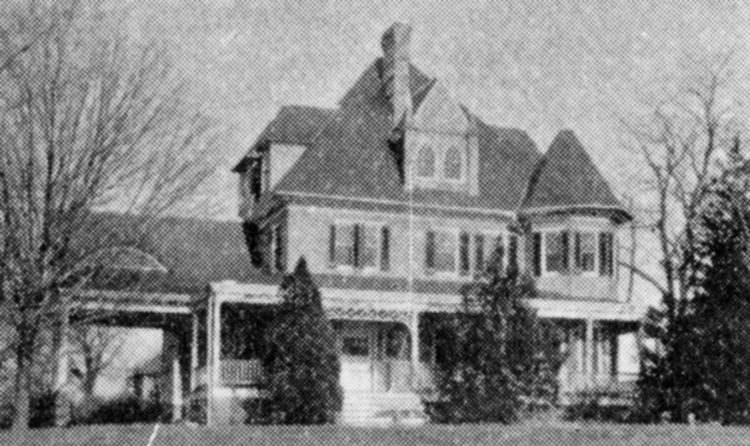School History: Layton Hall Elementary School
Remembering Our Past
Layton Hall Elementary School opened its doors to students for the first time on September 4, 1956. Designed by architects Robert A. Willgoos and Dwight G. Chase, Layton Hall was built at a cost of $389,457 by Eugene Simpson & Brother, Inc. The school’s first principal was Martha T. Wilkins. Recorded among the meeting minutes of the Fairfax County School Board were the names and salaries of Layton Hall’s first staff members.
| Name | Position | Annual Salary |
|---|---|---|
| Miss Sandra A. Bargad | Grade 2 | $3,900 |
| Mrs. Virginia L. Coleman | Grade 2 | $5,200 |
| Mrs. Mary T. Deatherage | Librarian (part-time, also at Cedar Lane Elementary) | $4,000 |
| Miss Shirley M. Evans | Grade 1 | $3,700 |
| Mrs. Zellwood S. “Zell” Ferguson | Grade 6 | $5,800 |
| Mrs. Ruth I. Firebaugh | Grade 5 | $5,000 |
| Mrs. Jacqueline W. Flanagan | Grade 4 | $3,900 |
| Mrs. Aurelia A. Howland | Grade 7 | $4,500 |
| Mrs. Carol D. Miller | Grade 3 | $3,700 |
| Miss Nancy E. Squire | Grade 3 | $3,700 |
| Mrs. Martha T. Wilkins | Principal | $6,200 (10.5 months) |
Layton Hall Elementary School originally had ten classrooms. The school was so overcrowded during its first year that first and second graders attended school on half-day shifts. This necessitated the construction of an eight-classroom addition to the building. Built beginning in October 1956 by the Cannon Construction Company at a cost of $105,475, the new classrooms were ready for use by the start of the 1957-58 school year.
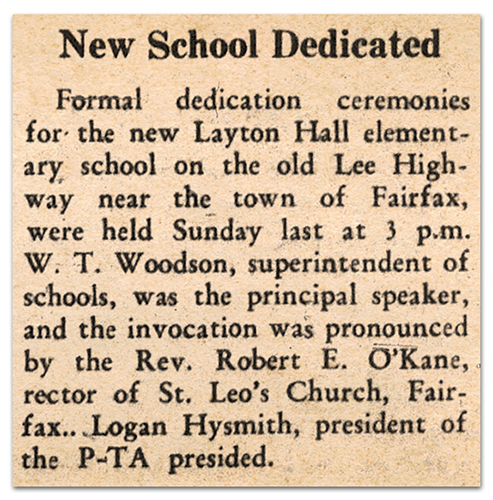
In 1957, the student population of Fairfax County Public Schools (FCPS) was approximately 44,000, and about 550 children were enrolled at Layton Hall Elementary School. Margaret Savage began teaching sixth-grade at Layton Hall in September 1957. She recalls having an enrollment of up to 38 children in her classroom during her first years at the school.
I remember that Mr. Woodson was the superintendent of schools and each Christmas each teacher would receive a Christmas card from him. When you arrived at school in the morning you went to your classroom and that is where you stayed except for going to lunch and taking the children outside to play. There was no music teacher and no physical education teacher to allow teachers that half-hour break for planning or perhaps going to the bathroom. There was later a music teacher and an art teacher who would come to the classroom, but the frequency might have been like once every three weeks. ~ Margaret Savage
Miss Savage was one of the best teachers I ever had! She taught our class about photography and turned a small room in the library into a dark room. She also had a dog that was very afraid of thunderstorms, and she would bring her to school on days when we were expecting bad weather. She was so much fun, and she had a genuine love of teaching and her students. ~ Michelle Kerns
During the late 1950s, Shirley Hartwell was the cafeteria manager at Layton Hall Elementary School. All the school lunches were homemade daily and cost about 30 cents. Milk was a nickel.
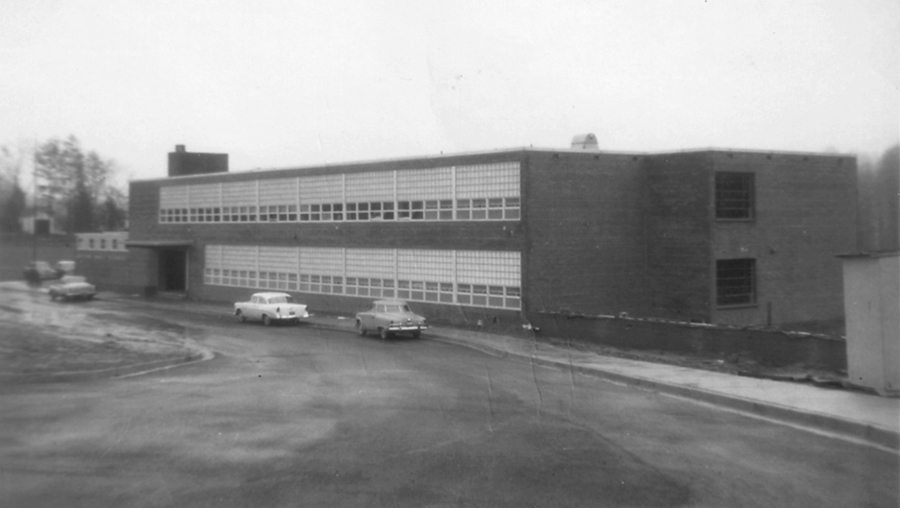
Layton Hall in the 1960s
In 1960, Layton Hall lost its seventh-grade classes when FCPS opened Sidney Lanier Intermediate School. However, enrollment at Layton Hall continued to climb and by 1962 the school had about 600 students in grades 1-6.
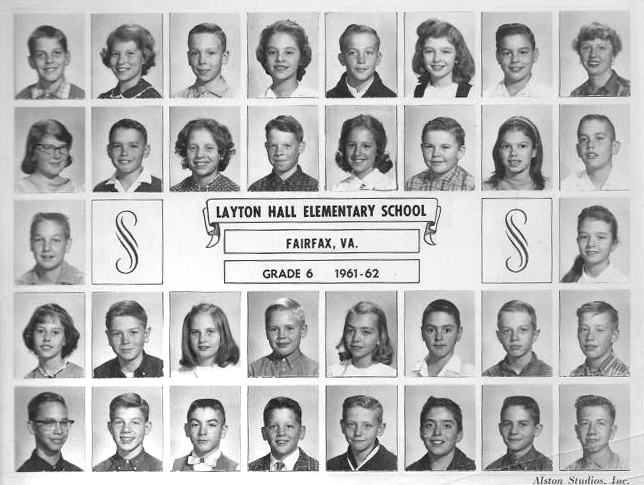
In 1961, the Town of Fairfax incorporated as the City of Fairfax. Shortly thereafter, the city established its own School Board. However, all the public schools within the boundaries of the newly formed city were owned and operated by FCPS. The Fairfax City School Board and the Fairfax County School Board entered into an agreement which stipulated that the city must buy or build any additional elementary schools required for city school children.
In 1964, construction began on the first city-built school, John C. Wood Elementary School. Overcrowding at Layton Hall necessitated the busing of some students to Fairfax Elementary School, where they were housed in portable classrooms until Wood Elementary School opened. On Monday, March 1, 1965, students assigned to Wood Elementary packed up their belongings and schoolbooks and walked from Layton Hall to their new building.
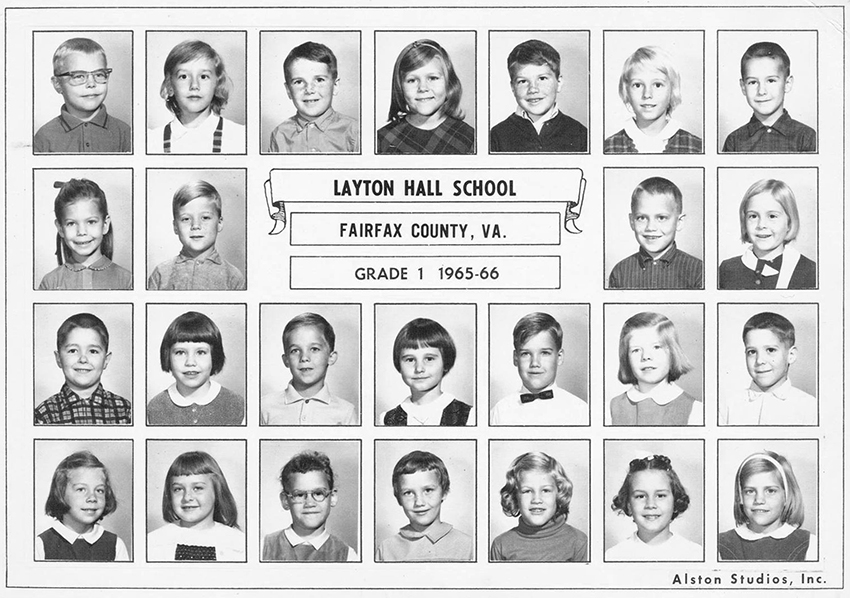
Chicken Fat
In the 1960s and 1970s, the youth fitness program inaugurated by President John F. Kennedy sought to improve the health of American children. The program had a theme song called “Chicken Fat,” by Broadway composer Meredith Wilson, that was played by physical education teachers during class. Layton Hall alumni readily recall the song’s chorus, “Go, you chicken fat, go!” They describe the song, and the floor exercises that accompanied it, as “the old stand-by when it was raining outside during P.E.”
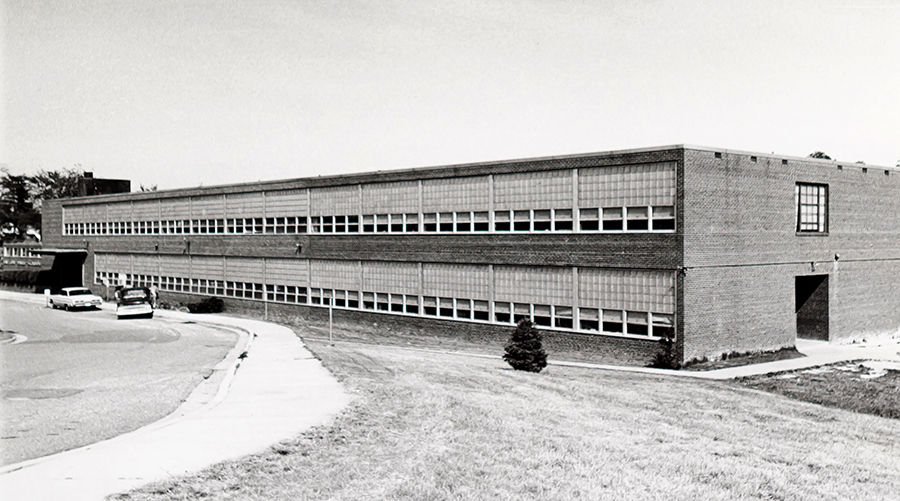
Brood X
In 1970, the periodical cicadas from Brood X emerged in Fairfax. Layton Hall alumna Susan Hamill recalled that one of the boys in Mrs. Hanson’s fifth-grade class put a cicada on her desk, hoping to frighten her. However, much to the surprise of students, she picked it up and started talking to it and petting it. Mrs. Hanson had grown up on a sheep farm in Minnesota and was not afraid of insects or reptiles. If snakes or frogs escaped from their classroom cages, Mrs. Hanson was called upon by teachers to capture them.
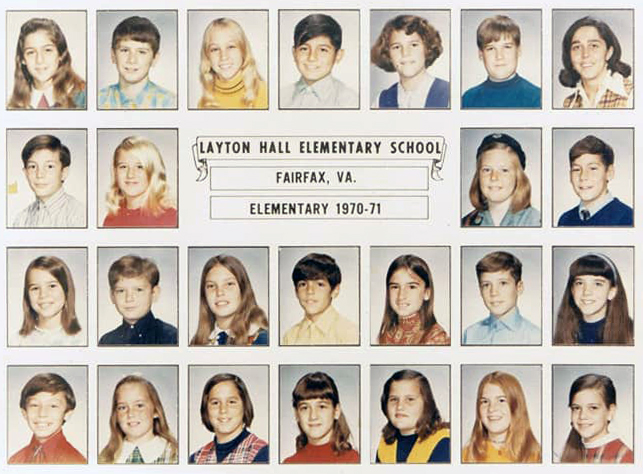
Becoming a City School
In 1975, the Fairfax City School Board asked the Fairfax City Council to place a school bond referendum on the ballot to fund the renovation of Westmore Elementary and improvements to the five other schools to which city students were assigned. After holding a public hearing, the City Council voted down the School Board’s referendum proposal. One of the primary concerns of the public and city council members was that four of the schools, including Layton Hall Elementary School, were owned by Fairfax County, not the City of Fairfax, and as such city taxpayers should not be asked to fund improvements to county-owned facilities.
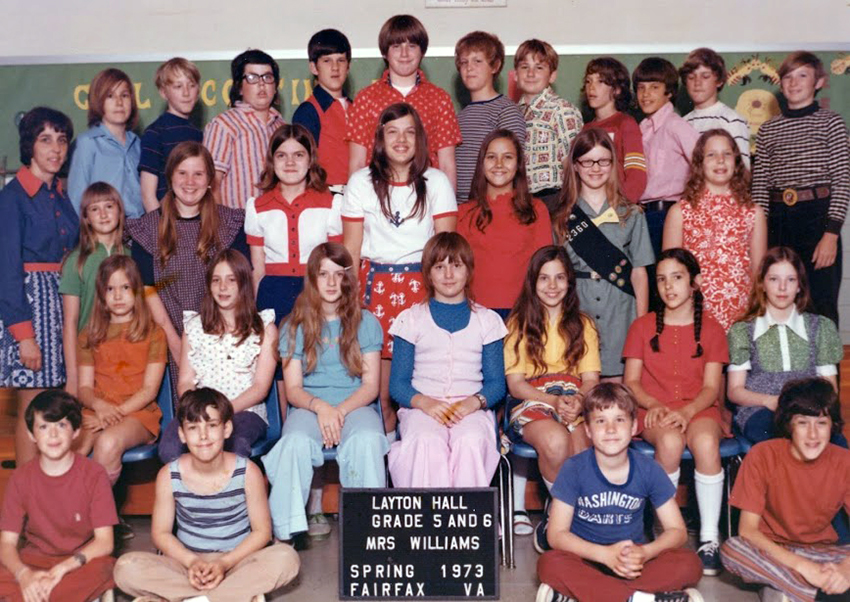
In May 1976, Frederick Silverthorne, a city councilman, requested that a study be conducted to determine whether the City of Fairfax should buy Lanier Intermediate School and Green Acres, Layton Hall, and Westmore Elementary Schools from the county. A referendum was held in January 1979, and voters approved the purchase of the four school properties. After ownership of the schools was transferred to the city, Layton Hall continued to be operated by Fairfax County Public Schools.
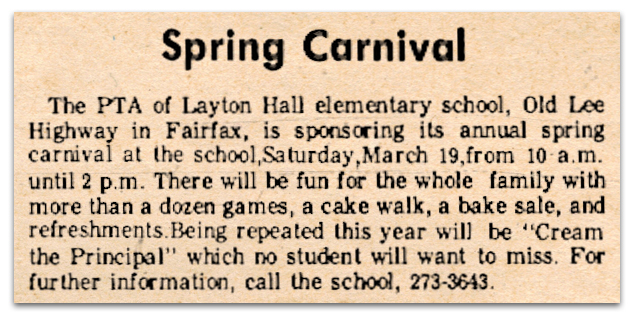
From 1975 to 1979, enrollment at Layton Hall Elementary School dropped from 412 to 302 students. Like other schools that had seen rapid growth during the post-World War II baby boom, Layton Hall was suddenly faced with an abundance of empty classrooms.
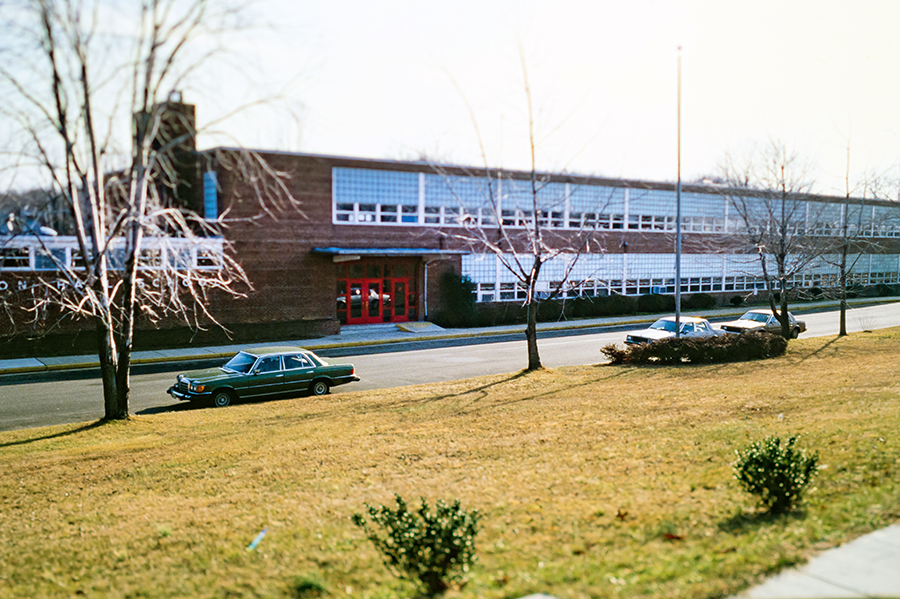
Due to declining enrollment, John C. Wood Elementary School was closed in 1983, and its students were reassigned to Layton Hall.
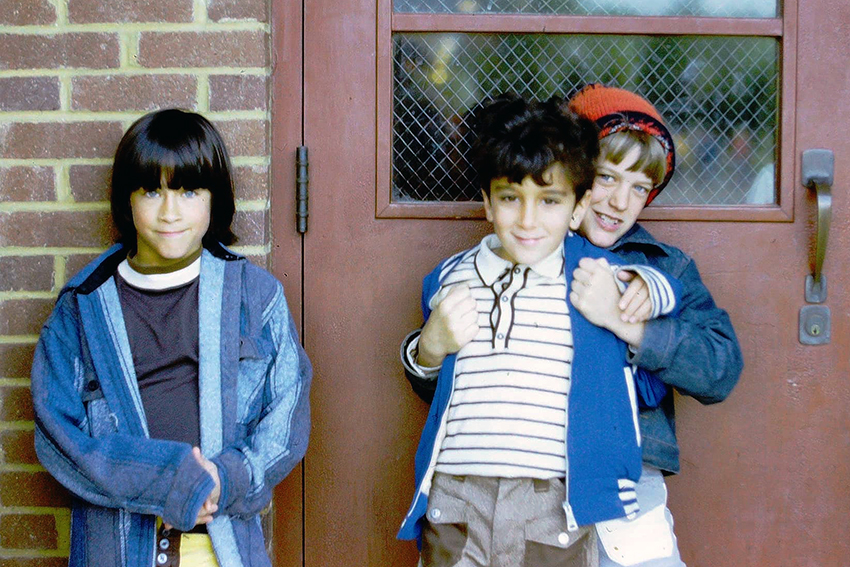
In 1985, construction began on a $500,000 addition to Layton Hall Elementary School. The addition consisted of new classrooms, a new library “media center,” and a multi-purpose room. During construction, the old library was converted into four rooms for meetings, offices, and storage.
Becoming Daniels Run
In 1997, Fairfax City voters approved a $25.6 million school bond issue to improve the city’s schools. Most of the money was earmarked to consolidate the city’s four elementary schools into two renovated and expanded buildings, namely Jermantown and Layton Hall.
Officials say that the student-teacher ratios in the new schools would remain the same as in the existing, smaller schools and that both would offer full-day kindergarten. The schools would expand space for curriculum enhancements, including special math, science, language arts, technology, and communications labs. Also, the two schools would have full-time teachers for music, art, and physical education, compared with part-time teachers now. Improvements proposed in the bond referendum are to be completed by September 2000. ~ The Washington Post, October 30, 1997
In anticipation of the closing of Green Acres Elementary School and the consolidation of its students at Layton Hall Elementary School, in the spring of 2000 the City of Fairfax School Board gave Layton Hall a new name – Daniels Run Elementary School.
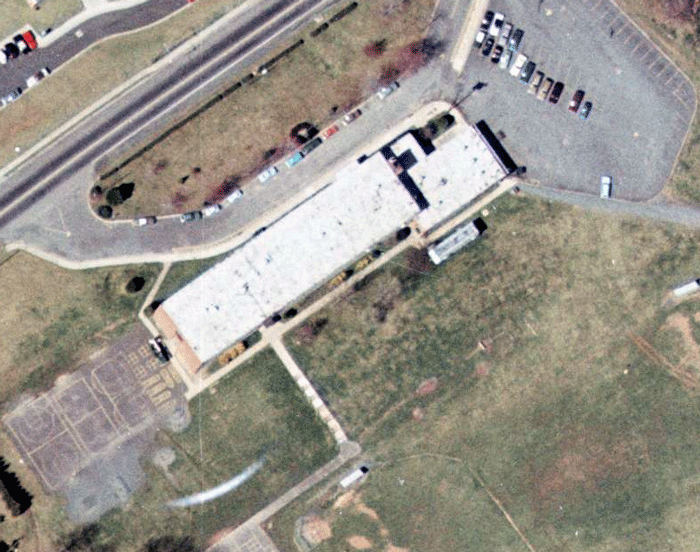
The Principals
The principals of Layton Hall Elementary School were Martha T. Wilkins (1956-71), Mary Stowers Worley (1971-75), James V. Tiernan, Jr. (1975-81), Carolyn S. Buckenmaier (1981-86), Mary L. Garman (1986-90), Marian R. Sanders (1990-98), and Kathy Mullenix (1998-2000).
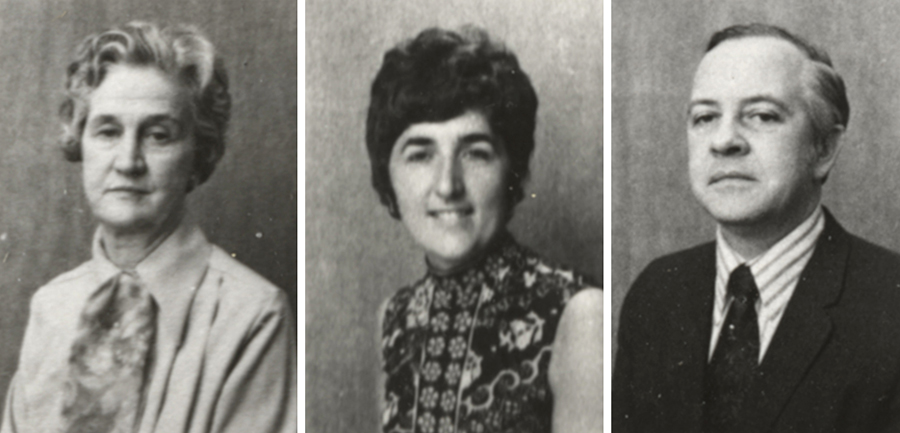
What’s in a Name?
The name Layton Hall was derived from the name of a home built by Joseph E. Willard (1865-1924) that once stood approximately half-a-mile southwest of Layton Hall Elementary School. Joseph E. Willard was the son of Joseph C. Willard and Antonia Ford. A native of Fairfax County, Antonia Ford (1838-1871) was a spy for the Confederacy during the American Civil War. Joseph C. Willard (1820-1897) was an officer in the Union Army. The couple met when Willard arrested Ford for espionage and transported her to the Old Capitol Prison. They fell in love and Willard worked to secure her release.
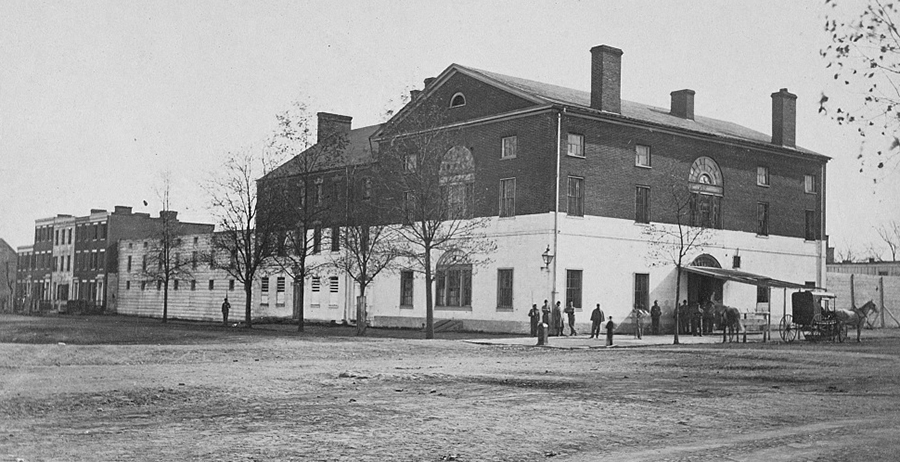
Joseph Edward Willard, the first of Joseph and Antonia Ford Willard’s three children, was born in May 1865 in Washington, D.C. In 1891, he married Belle Layton Wyatt. Two years later, in 1893, Joseph E. Willard built a home in Fairfax and named it Layton Hall after his wife.
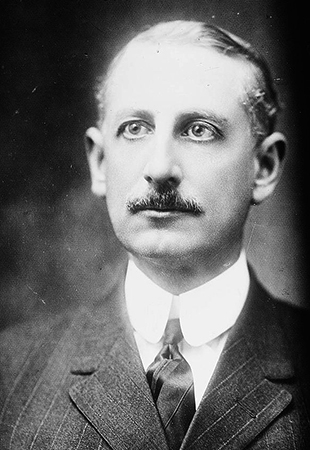
Joseph E. Willard served in the Virginia House of Delegates from 1893 to 1901 and was Lieutenant Governor of Virginia from 1902 to 1906. In 1900, Willard constructed the building known today as Old Town Hall in the City of Fairfax and donated the structure to the community. In 1913, Joseph E. Willard was appointed the U.S. Ambassador to Spain by President Woodrow Wilson. That same year, Willard’s daughter, Belle, married Kermit Roosevelt, son of President Theodore Roosevelt.
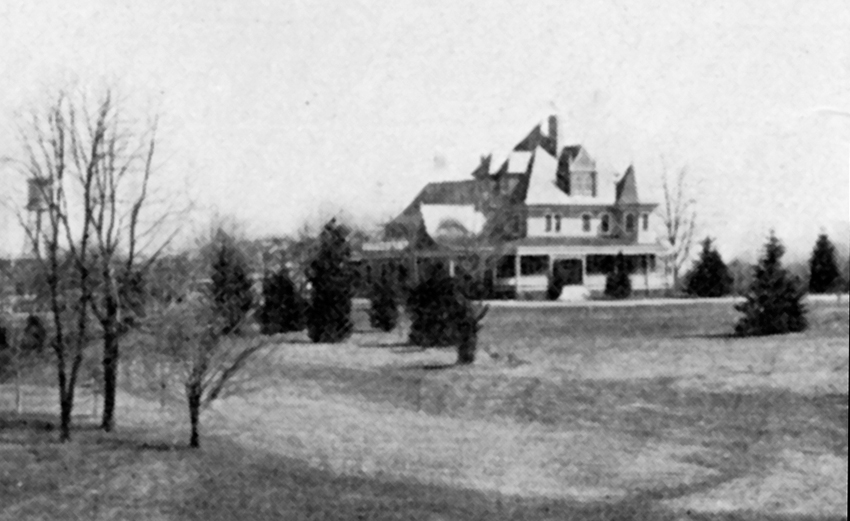
Joseph E. Willard passed away in April 1924 in Manhattan, New York, and was buried in Oak Hill Cemetery in Washington, D.C. His widow, Belle Layton Wyatt Willard, died in 1954. The Willard’s home, Layton Hall, once stood on land that is now part of the parking lot of the Courthouse Plaza Shopping Center. The dwelling was destroyed as part of a training exercise by the Fairfax City Fire Department in December 1963.
